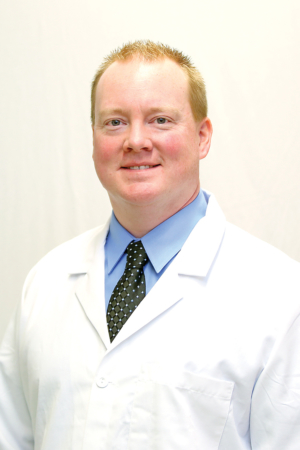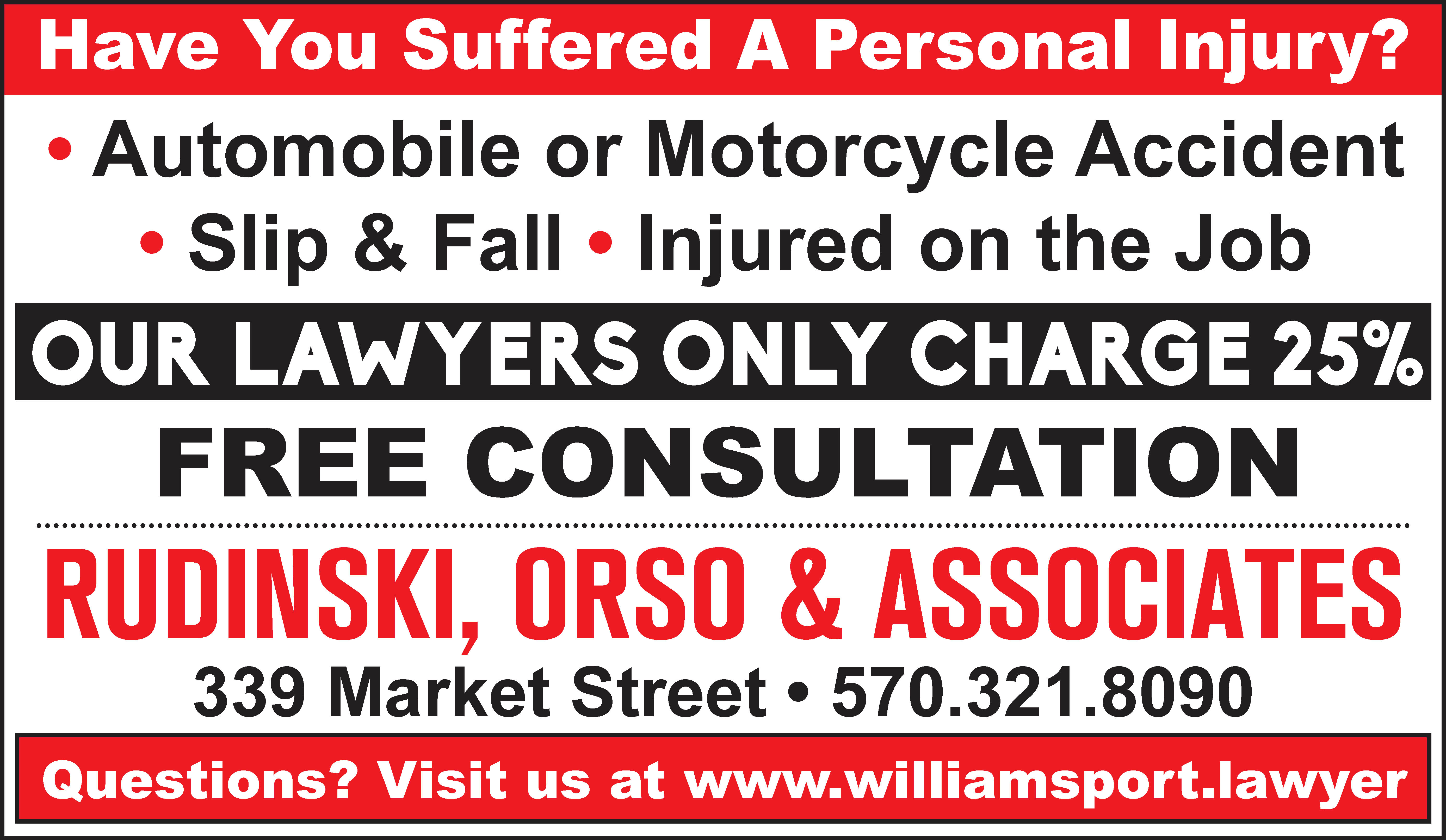Every 40 seconds, someone in the U.S. has a stroke. Stroke is the fifth leading cause of death, and the number one cause of disability. Rapid treatment for stroke is the key to preventing long-term disability.
A stroke occurs when blood flow and oxygen to the brain is interrupted. This loss of blood and oxygen causes two million brain cells to die every minute, so time is of the essence. The longer a stroke goes untreated, the higher the odds of permanent brain damage, disability, or death. After suffering a stroke, you may experience a variety of symptoms. These depend on the type of stroke and the side of the brain that the stroke occurs.
Types of Stroke
There are two main types of stroke: hemorrhagic and ischemic. A hemorrhagic stroke occurs when a blood vessel in the brain bleeds due to a tear or an aneurysm. Ischemic stroke is more common and is caused by a blockage in one of the arteries carrying blood to the brain. This blockage prevents oxygen and nutrients from reaching the brain, which causes brain cells to die rapidly.
How the Stroke Affects the Brain
Early signs may include a sudden severe headache, weakness on one side of the body, numbness in an arm, leg or face, dizziness, loss of balance or coordination, and difficulty walking, speaking or seeing.
If you suspect someone may be suffering a stroke, think F.A.S.T:
Face drooping: Ask the person to smile. Is one side of the face drooping?
Arm weakness: Ask the person to raise both arms. Is one arm weak or numb?
Speech trouble: Ask the person repeat a simple sentence like “the sky is blue.” Is speech slurred or hard to understand?
Time: When it comes to stroke, time is crucial. If someone is experiencing any of these symptoms, call 9-1-1 immediately—even if the symptoms start to fade.
Depending on the severity of your stroke, you may experience all of these symptoms, or none at all.
Treatment and Life After Stroke
With all stroke treatments, time is critical. The procedures must be performed within hours of a stroke’s onset. The goal is to restore blood flow to the brain as quickly as possible to prevent permanent brain damage or death.
Once stabilized, a patient begins rehabilitation. In cases where stroke has caused limited or extensive disability, inpatient rehabilitation begins within days of treatment, and upon discharge the patient may need ongoing physical therapy.
Physical changes that follow a stroke are the result of injury to the brain and may include one or more effects.
Weakness or Paralysis – If the stroke occurs on the brain’s right side, the left side of the body and face will be affected. It’s the opposite for a stroke that occurs on the left side of the brain.
Fatigue – It’s common to feel tired after stroke. Fatigue often starts to lessen a few months after the stroke. But for some people, tiredness may continue for years.
Communication – The brain controls your ability to use language. Speaking, listening and understanding are complex processes. Each involves different parts of the brain and depending on the type and location of stroke, skills may be affected.
Memory – Depending on where stroke happens in the brain, problems with certain types of thought may occur including memory.
Emotions – After a stroke, people often experience emotional and behavioral changes. This is because the brain controls our behavior and emotions. A stroke may make a person forgetful, careless, annoyed or confused. Stroke survivors may also feel anxiety, anger or depression.
With prompt and proper treatment, stroke patients can greatly improve health outcomes and recovery following a stroke. Stroke affects many functions of the body and it’s important that patients receive appropriate, quality rehabilitation with a specially trained team to overcome deficits and improve the chances for the best possible recovery.
Every patient’s recovery is different, but often stroke recovery takes three to 12 months and beyond. To maintain gains and work on evolving needs, patients must continue to work at their recovery.
For more information on stroke care, visit UPMCSusquehanna.org/stroke.
Dr. Michael Gerst is the medical director of emergency services at UPMC Susquehanna Williamsport Regional Medical Center, 700 High St., Williamsport.
There is Life After Stroke
By Michael Gerst, DO
Medical Director, Emergency Services
UPMC Susquehanna Williamsport





Leave a Comment
Your email address will not be published. Required fields are marked with *